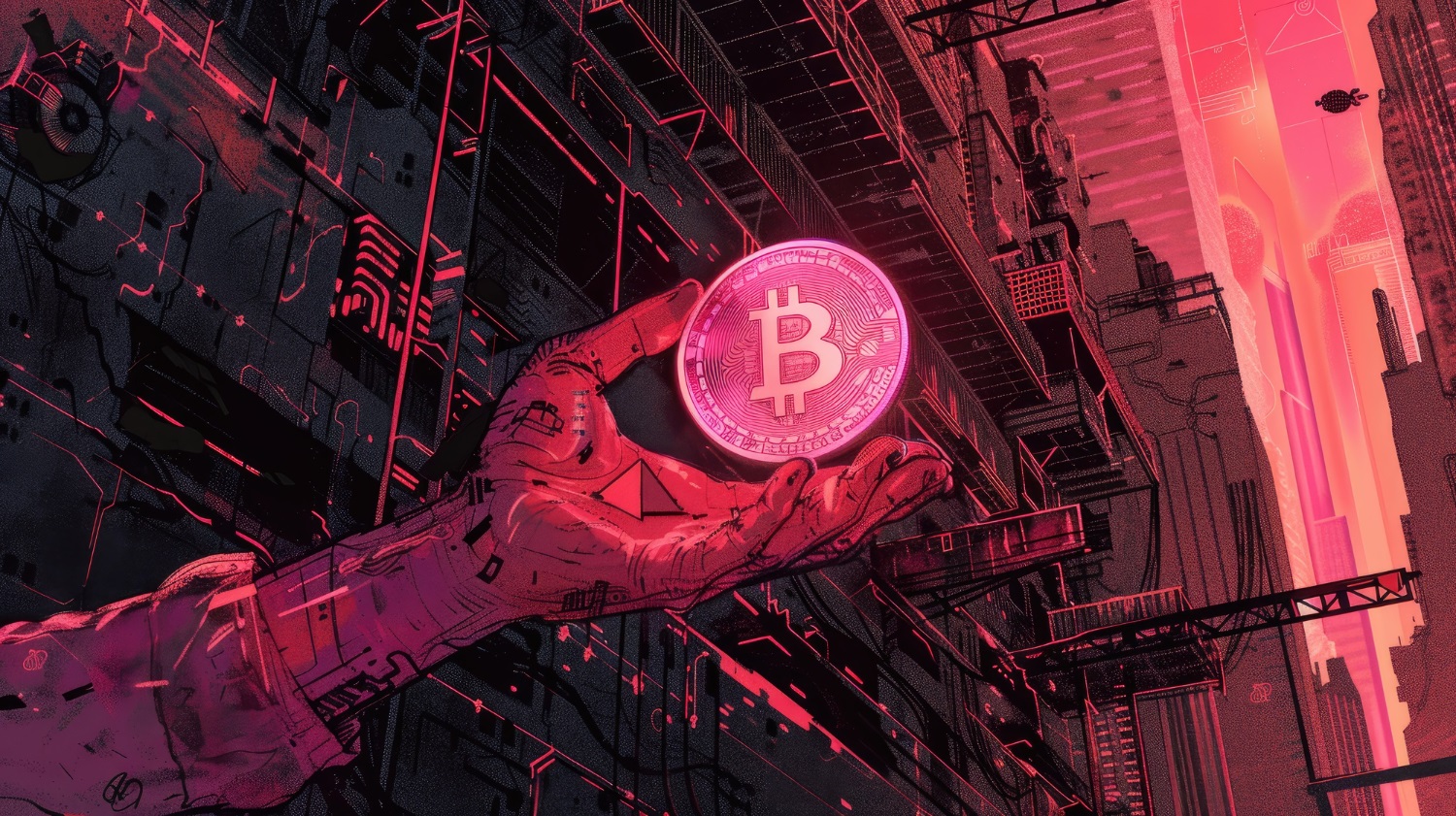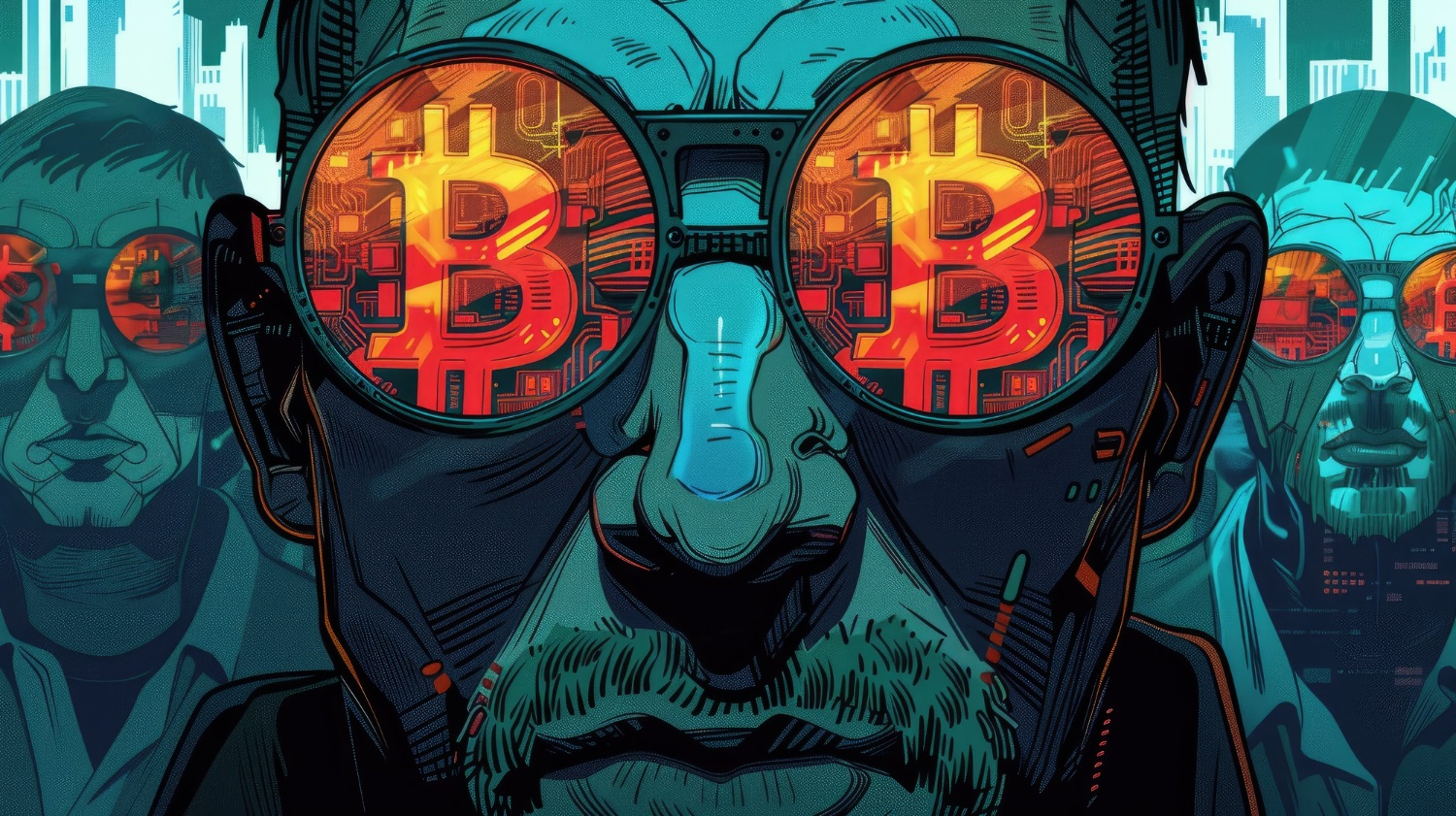Image source: Freepik
 Bitcoin mining. It sounds like something from the early 2010s—a digital gold rush powered by basements full of whirring machines. Many say the game is over, that it’s no longer profitable for the little guy. Yet I’ve stumbled on an idea: a potentially cheaper way to mine bitcoins.
Bitcoin mining. It sounds like something from the early 2010s—a digital gold rush powered by basements full of whirring machines. Many say the game is over, that it’s no longer profitable for the little guy. Yet I’ve stumbled on an idea: a potentially cheaper way to mine bitcoins.
But is it really possible? Let’s explore.
Mining in 2025: The Reality Check
First, a dose of truth. Mining Bitcoin today is dominated by industrial-scale operations. Massive warehouses in Texas, Kazakhstan, and beyond hum with thousands of ASIC rigs. They consume megawatts of electricity daily. Their costs are lowered by buying power wholesale and negotiating directly with utilities.
So how can a smaller player, someone without billions, compete?
On the surface, it looks impossible. But profits are still being made. And where there are profits, there might be cracks in the system that allow a cheaper way in.
The Cost Equation
Bitcoin mining comes down to a simple formula:
- Hardware efficiency – the power of your machines measured against their energy draw.
- Electricity cost – how much you pay per kilowatt-hour.
- Network difficulty – a measure of how much computing power is required to mine a block.
- Bitcoin’s price – if BTC trades higher, even mediocre miners can squeak out a margin.
Cheap mining is therefore a matter of bending this equation in your favor.
Tapping Into Wasted Energy
One intriguing angle is the use of *wasted energy*. Around the world, countless energy sources are underutilized or outright discarded. For example:
- Gas flaring at oil sites: Instead of releasing natural gas into the atmosphere, companies can power generators and run Bitcoin miners.
- Excess hydroelectric capacity: Remote dams often generate more electricity than local grids can use. Miners can plug in for pennies.
- Landfill methane: Similar to gas flaring, this biogas can be captured and converted into electricity for mining rigs.
These sources are often dirt cheap—or free—because they are byproducts. Miners who can access them effectively reduce one of the biggest costs: power.
The Heat Trick
Here’s another twist. Mining rigs produce heat. Normally, that’s a problem. But what if the heat becomes the product?
Some experimental miners run rigs in homes or businesses where the generated heat replaces traditional heating systems. The electricity bill is partially offset by lower heating costs. Imagine running a Bitcoin miner through the winter and never turning on your boiler.
In colder climates, this could actually work. The “cheap” mining comes not from lower electricity rates but from *dual use*.
Solar Dreams
Solar panels have dropped in cost dramatically. In sunny regions, small-scale miners can pair a modest array with energy storage and run machines essentially for free once the setup is paid for.
Of course, the upfront investment is steep, but over years it smooths out. The trick is to size your mining operation to your solar production—small, efficient rigs running when the sun is strong. This isn’t industrial-scale mining. It’s backyard gold panning in the digital river.
The Pooling Effect
Solo mining is virtually impossible today. The odds of finding a block are astronomically low without enormous computing power. But mining pools exist. By joining one, you contribute your hash power to a larger collective. The rewards are shared.
For small miners using creative, cheap energy, pooling is the way to steady profits. The payouts may be small, but they are predictable. Think of it like joining a co-op.
The Wild Idea: Mobility
One of the strangest but most fascinating approaches? Mobile mining rigs. Shipping containers fitted with ASICs can be moved to wherever power is cheapest. Prices spike in one country? Ship it elsewhere. This is already happening at scale, but even a smaller operator could experiment with a few rigs on mobile trailers.
It’s about chasing the cheapest energy in real time.
Is It Really Cheap?
Here’s the catch. Mining hardware isn’t cheap. Nor is infrastructure. And the difficulty of the Bitcoin network only increases over time.
So the “cheap” path doesn’t come from cutting corners. It comes from creativity—using stranded energy, turning waste into value, or offsetting costs by reusing heat.
In that sense, I may not have found a *single* cheap way to mine Bitcoin. What I’ve found are pathways. Lanes where ingenuity can bring costs down enough to stay profitable.
The Final Thought
People are still mining Bitcoin at a profit. That much is clear. But they’re not doing it the old-fashioned way, plugging a rig into their home socket and watching coins flow. They’re piggybacking on wasted energy, using rigs as heaters, harvesting sunshine, or even chasing mobile opportunities.
The secret to cheap mining isn’t about beating the giants at their own game. It’s about playing a different one. Smaller, sharper, more inventive.
Maybe that’s the real spirit of Bitcoin.
Photo: Freepik


 Bitcoin—scarce, polarizing, powerful. But who controls the largest troves? Who are the Goliaths of this digital empire? Let’s dive in.
Bitcoin—scarce, polarizing, powerful. But who controls the largest troves? Who are the Goliaths of this digital empire? Let’s dive in. Bitcoin sits on private keys like a sleeping dragon — volatile, valuable, and oddly immovable. For years, traders have tried to time the market, reporters have asked when holders will capitulate, and pundits have predicted mass liquidation. Yet much of Bitcoin’s supply never seems to move. Why? Here are five compelling reasons people clutch their coins like heirlooms.
Bitcoin sits on private keys like a sleeping dragon — volatile, valuable, and oddly immovable. For years, traders have tried to time the market, reporters have asked when holders will capitulate, and pundits have predicted mass liquidation. Yet much of Bitcoin’s supply never seems to move. Why? Here are five compelling reasons people clutch their coins like heirlooms. Bitcoin has been a goldmine. But for some, it’s been a grave. Below are five unforgettable stories of people who *could have been* crypto-millionaires—or more—but instead were left with horror, loss, and regret.
Bitcoin has been a goldmine. But for some, it’s been a grave. Below are five unforgettable stories of people who *could have been* crypto-millionaires—or more—but instead were left with horror, loss, and regret. Bitcoin has been called many things: digital gold, a speculative bubble, a revolution, and a scam. But regardless of the noise, its price has risen steadily over time, drawing believers who claim it will one day be worth $1 million per coin. That number sounds outrageous at first. Yet, when we break down the forces of scarcity, adoption, and macroeconomics, it becomes less far-fetched. In fact, some argue it’s inevitable.
Bitcoin has been called many things: digital gold, a speculative bubble, a revolution, and a scam. But regardless of the noise, its price has risen steadily over time, drawing believers who claim it will one day be worth $1 million per coin. That number sounds outrageous at first. Yet, when we break down the forces of scarcity, adoption, and macroeconomics, it becomes less far-fetched. In fact, some argue it’s inevitable.